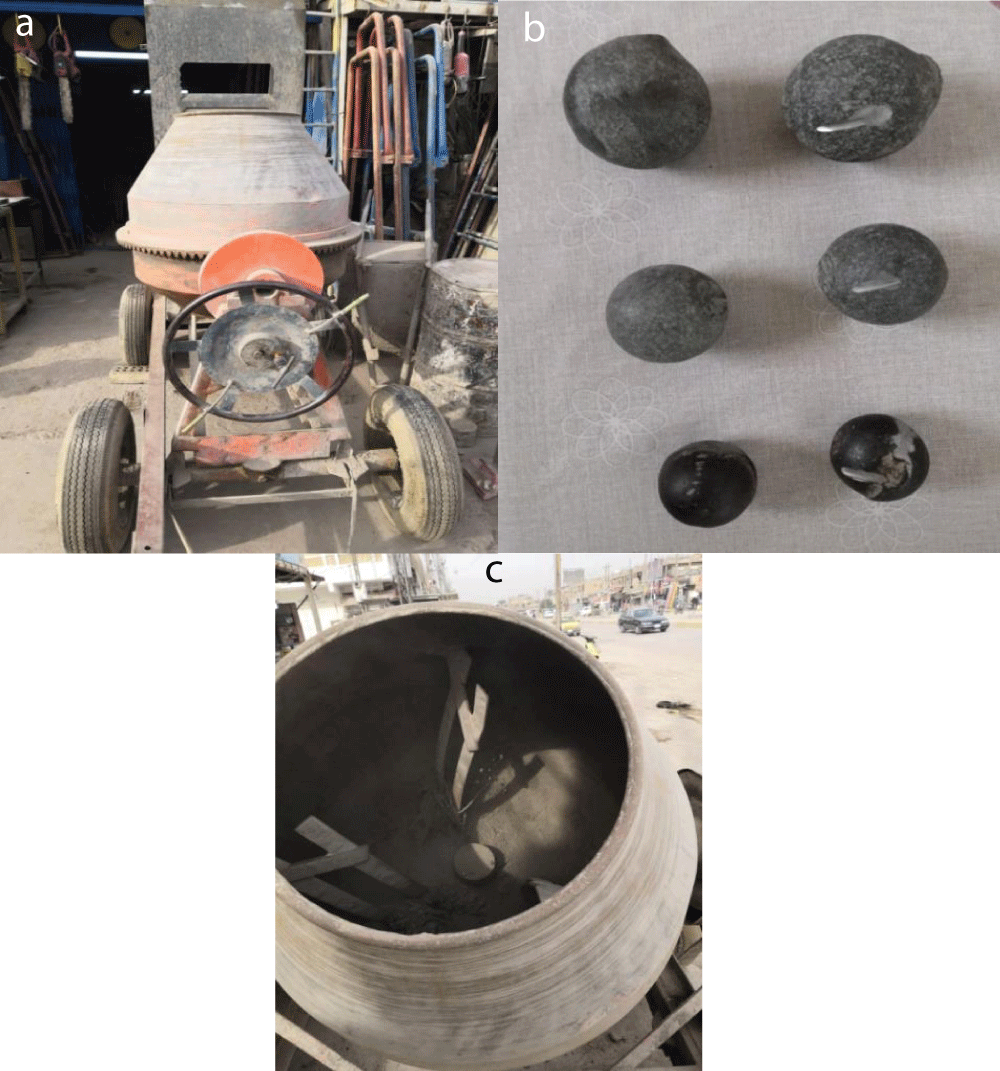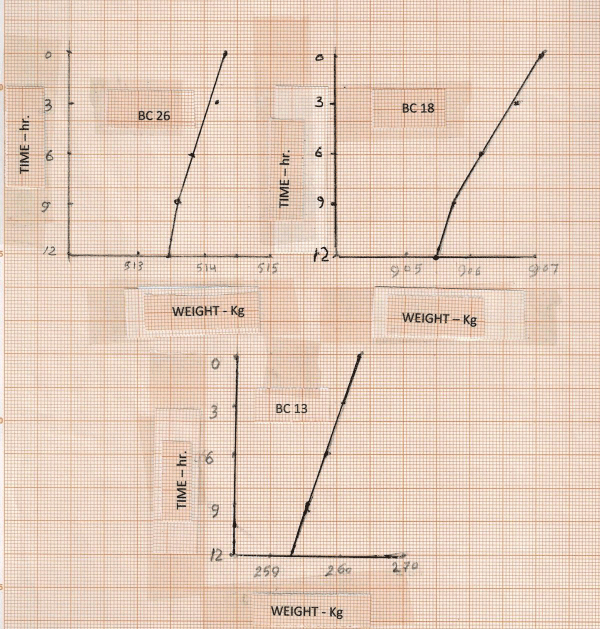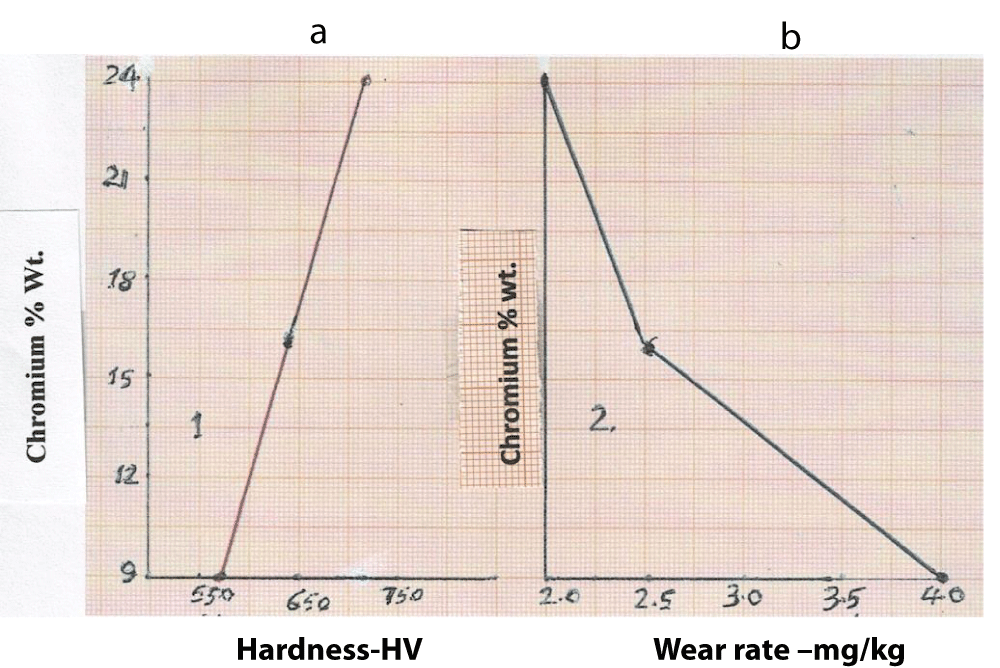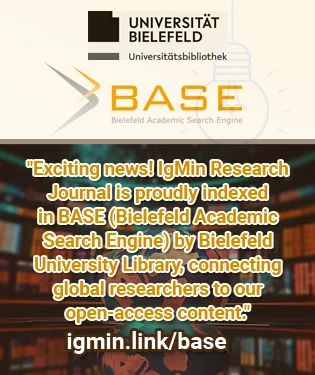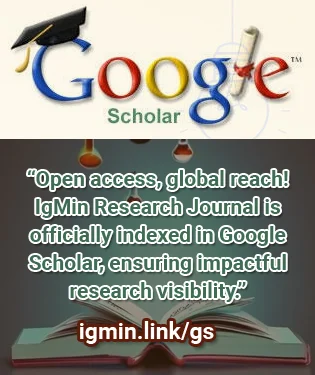Abstract
Recently, environmental pollution has acquired the character of a global environmental threat, the current situation causes concern for the authorities, scientists, and the public and the need to develop simple and sufficiently effective technologies for the return to nature of elements that have been re-formed in the course of economic processes and thus become pollutants.
Traditionally used physical and chemical methods are effective, but very expensive and may cause additional load on ecosystems. Existing outdated technologies and equipment for wastewater treatment need to be replaced with new ones.
Phytoremediation is a set of methods for treating wastewater, soil and atmospheric air with the help of green plants. Due to differences in plant physiology, not all plants can collect heavy metals or organic pollutants. Even varieties of the same species can accumulate pollutants.
The work aims to investigate natural means of cleaning the environment by phytoremediation.
Several field trials confirmed the possibility of using the Paulownia plant for cleaning the air environment of Almaty city. The results of the study showed that the fast-growing Paulownia tree in areas with heavy metal-contaminated cadmium, lead, arsenic and antimony polluted and disturbed soils can be rehabilitated or reclaimed.
All advantages and limitations of the phytoremediation method were investigated and experimentally demonstrated. The obtained research results confirm the prospects of the phytoremediation method for reducing environmental impact on contaminated soils.




